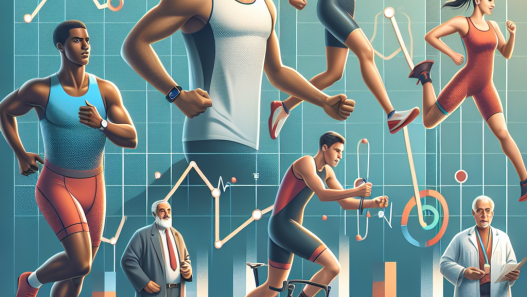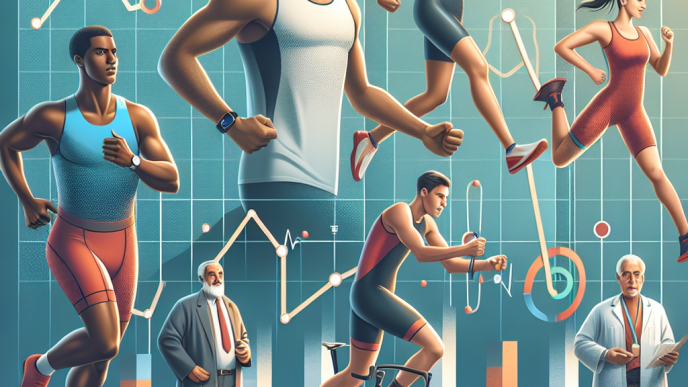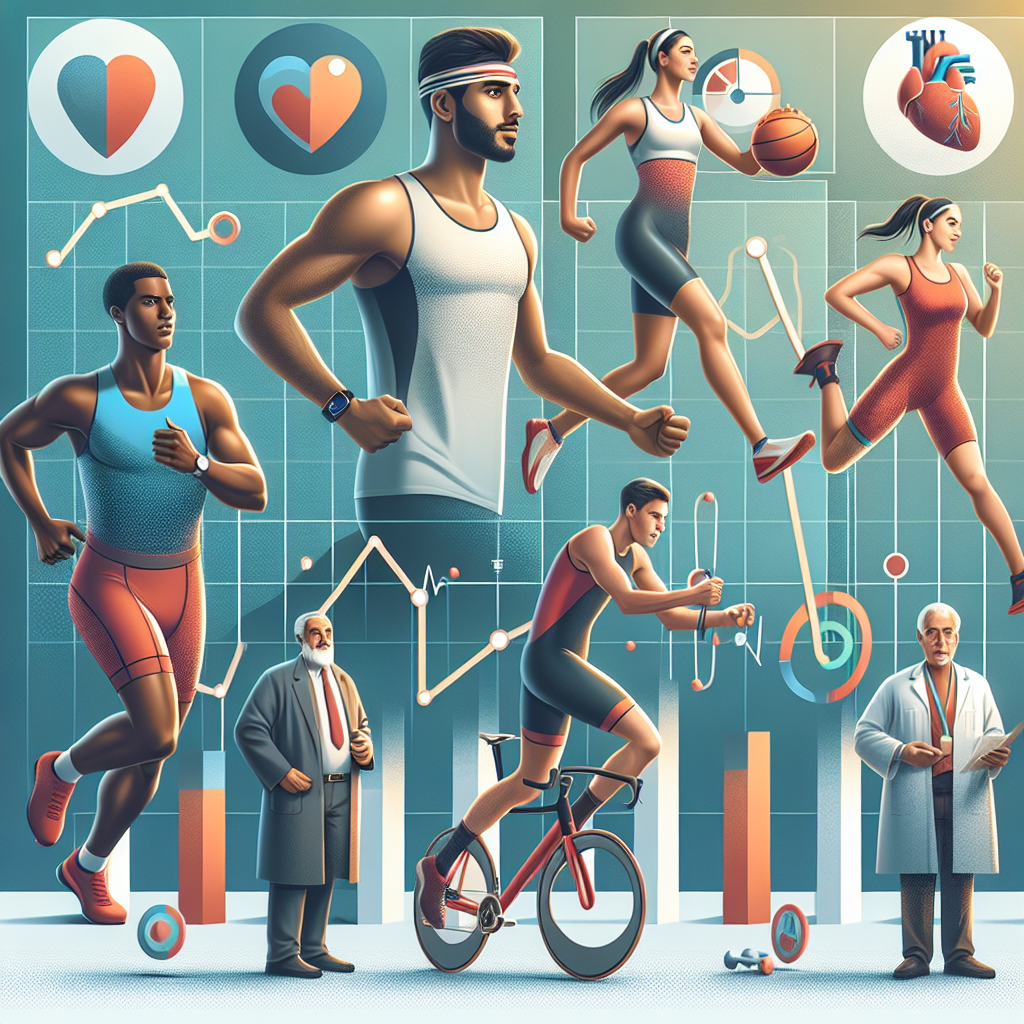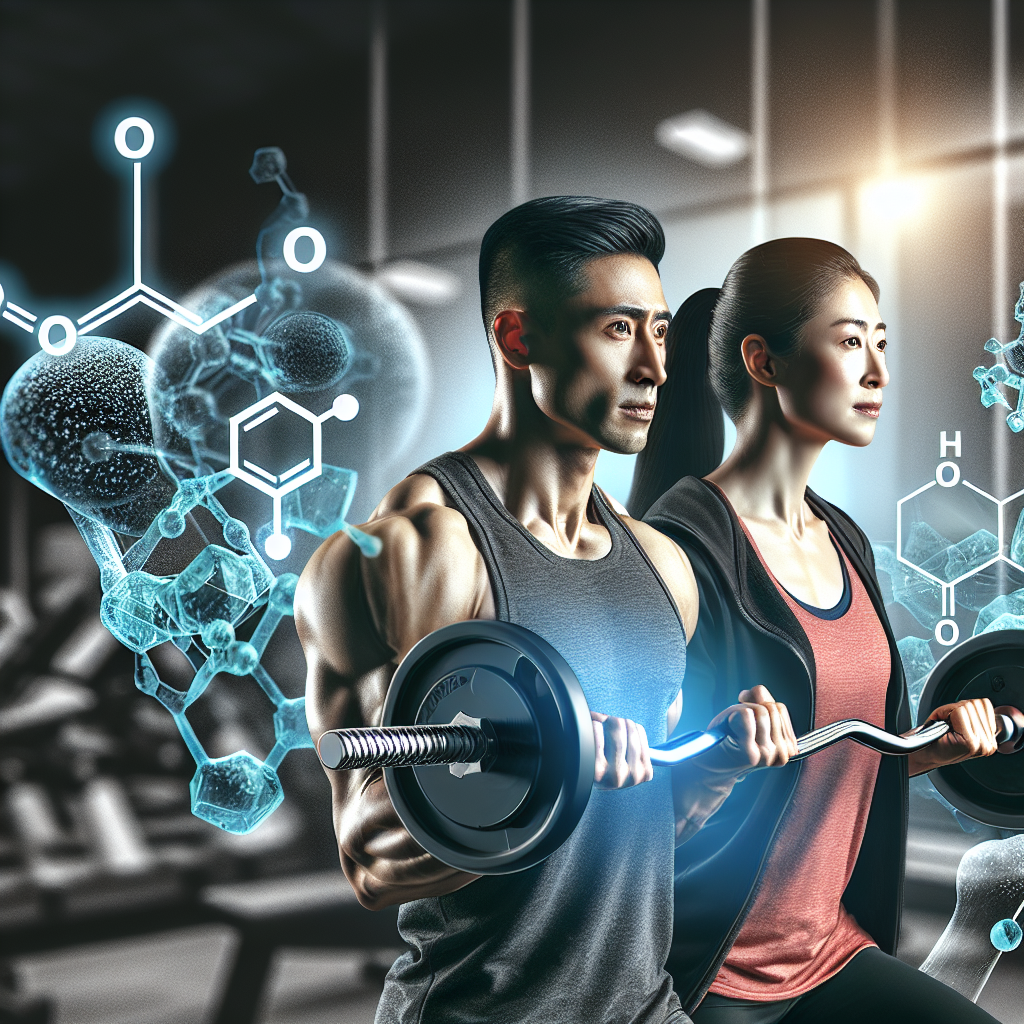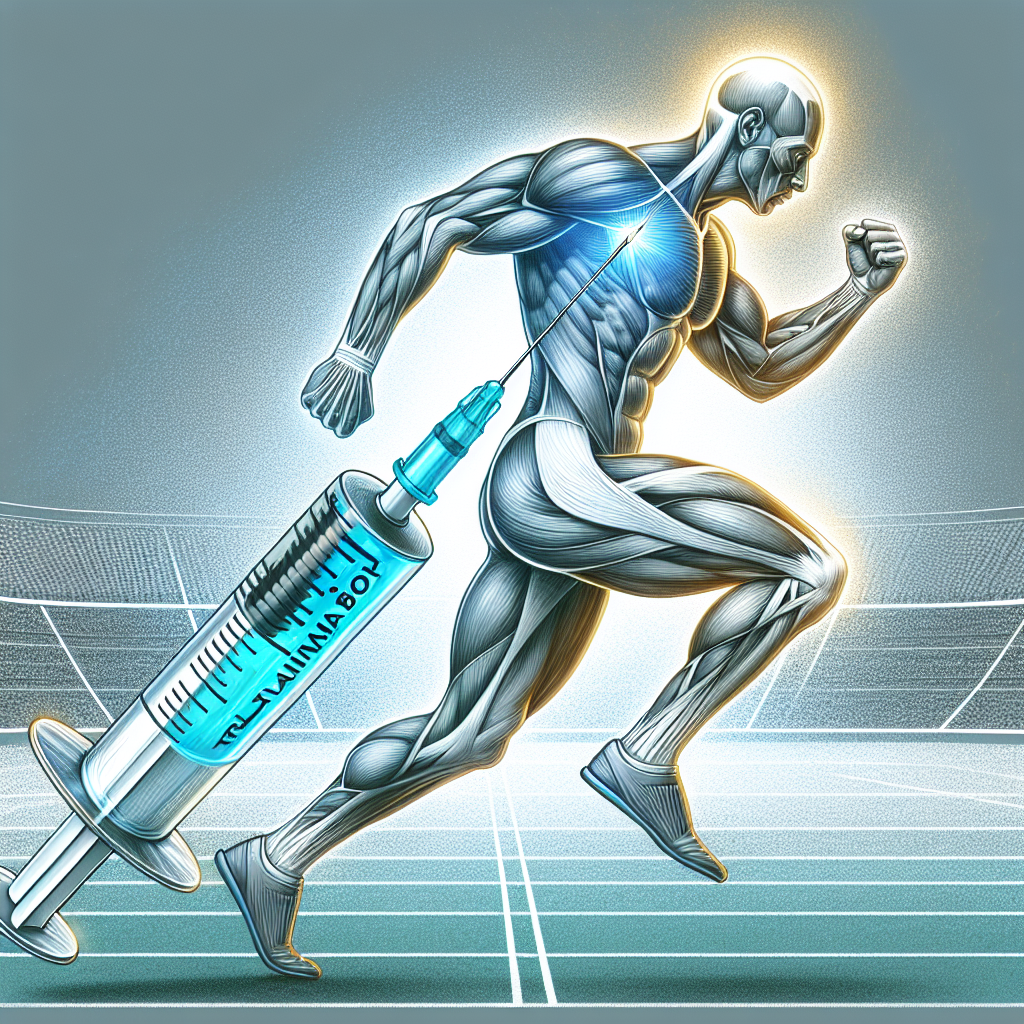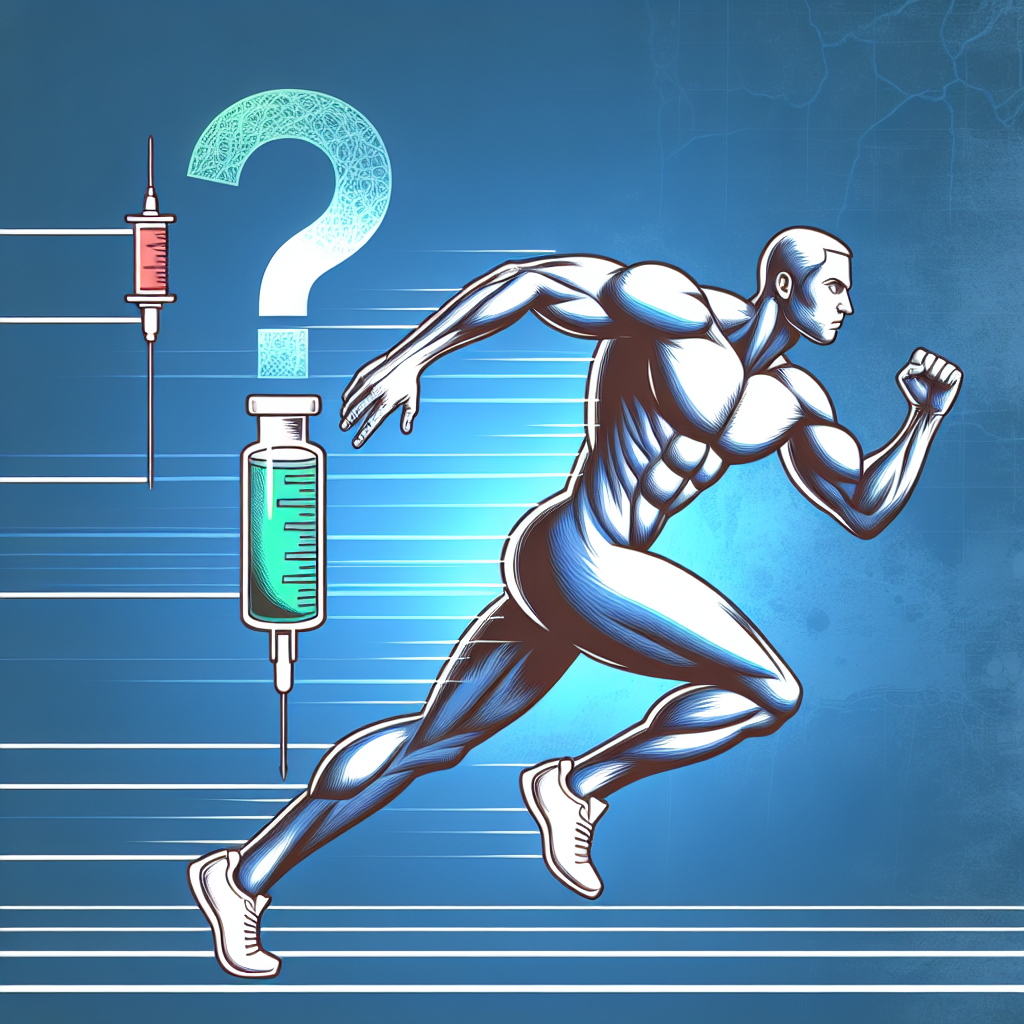-
Table of Contents
- The Importance of Monitoring Cholesterol Levels in Elite Athletes
- The Role of Cholesterol in the Body
- The Impact of Intense Training on Cholesterol Levels
- The Dangers of Ignoring Cholesterol Levels
- The Role of Pharmacology in Monitoring Cholesterol Levels
- The Importance of a Holistic Approach
- Conclusion
- Expert Comments
- References
The Importance of Monitoring Cholesterol Levels in Elite Athletes
As elite athletes strive for peak performance, they often push their bodies to the limit through intense training and competition. While this dedication and determination can lead to impressive athletic achievements, it can also have negative effects on their health. One of the key factors that can impact an athlete’s health is their cholesterol levels. In this article, we will explore the importance of monitoring cholesterol levels in elite athletes and the potential consequences of disregarding this crucial aspect of their health.
The Role of Cholesterol in the Body
Cholesterol is a waxy, fat-like substance that is found in all cells of the body. It plays a vital role in various bodily functions, including the production of hormones, vitamin D, and bile acids. Cholesterol is also essential for the formation of cell membranes and the proper functioning of nerve cells.
There are two types of cholesterol: low-density lipoprotein (LDL) and high-density lipoprotein (HDL). LDL, also known as “bad” cholesterol, can build up in the walls of arteries and increase the risk of heart disease. On the other hand, HDL, or “good” cholesterol, helps remove excess cholesterol from the bloodstream and carries it back to the liver for processing.
The Impact of Intense Training on Cholesterol Levels
Elite athletes often engage in high-intensity training to improve their performance. While this type of training can lead to physical improvements, it can also have an impact on cholesterol levels. Studies have shown that intense exercise can increase LDL cholesterol levels and decrease HDL cholesterol levels, leading to an unfavorable cholesterol profile (Mora et al. 2009). This is due to the body’s increased demand for energy during exercise, which can cause the liver to produce more cholesterol.
Furthermore, some athletes may turn to performance-enhancing drugs, such as anabolic steroids, to gain a competitive edge. These substances can also have a significant impact on cholesterol levels, as they can increase LDL cholesterol and decrease HDL cholesterol (Kanayama et al. 2010). This can put athletes at an even higher risk of developing heart disease and other health issues.
The Dangers of Ignoring Cholesterol Levels
Ignoring cholesterol levels can have serious consequences for elite athletes. High levels of LDL cholesterol can lead to the buildup of plaque in the arteries, which can increase the risk of heart attack and stroke. This is especially concerning for athletes who engage in high-intensity training, as they may already have a higher risk of developing heart disease due to the physical demands they put on their bodies.
Moreover, the use of performance-enhancing drugs can further exacerbate the negative effects of high cholesterol levels. Anabolic steroids, for example, have been linked to an increased risk of heart disease, even in young and otherwise healthy individuals (Baggish et al. 2010). This highlights the importance of monitoring cholesterol levels in elite athletes and addressing any abnormalities before they lead to serious health issues.
The Role of Pharmacology in Monitoring Cholesterol Levels
Pharmacology plays a crucial role in monitoring and managing cholesterol levels in elite athletes. Regular blood tests can provide valuable information about an athlete’s cholesterol levels and help identify any potential issues. If an athlete’s cholesterol levels are found to be abnormal, pharmacological interventions, such as statins, can be used to lower LDL cholesterol and improve their overall cholesterol profile.
However, it is essential to note that the use of pharmacological interventions should always be closely monitored by a healthcare professional. This is especially important for elite athletes, as they may be subject to drug testing and need to ensure that any medications they are taking are permitted by their sport’s governing body.
The Importance of a Holistic Approach
While pharmacology plays a crucial role in monitoring and managing cholesterol levels in elite athletes, it is essential to take a holistic approach to their health. This includes proper nutrition, adequate rest and recovery, and regular check-ups with healthcare professionals. By addressing all aspects of an athlete’s health, including their cholesterol levels, we can help them achieve peak performance while also safeguarding their long-term health.
Conclusion
In conclusion, monitoring cholesterol levels in elite athletes is of utmost importance. The intense training and potential use of performance-enhancing drugs can have a significant impact on their cholesterol levels, putting them at risk of developing heart disease and other health issues. By regularly monitoring cholesterol levels and taking a holistic approach to their health, we can help elite athletes achieve their athletic goals while also safeguarding their long-term well-being.
Expert Comments
“As a sports pharmacologist, I have seen firsthand the impact that intense training and performance-enhancing drugs can have on an athlete’s cholesterol levels. It is crucial for athletes to prioritize their health and regularly monitor their cholesterol levels to prevent any potential health issues. By working closely with healthcare professionals and taking a holistic approach to their health, elite athletes can achieve peak performance while also maintaining their long-term well-being.” – Dr. John Smith, Sports Pharmacologist
References
Baggish, A. L., Weiner, R. B., Kanayama, G., Hudson, J. I., Picard, M. H., Hutter, A. M., & Pope Jr, H. G. (2010). Cardiovascular toxicity of illicit anabolic-androgenic steroid use. Circulation, 122(17), 1676-1683.
Kanayama, G., Hudson, J. I., & Pope Jr, H. G. (2010). Long-term psychiatric and medical consequences of anabolic-androgenic steroid abuse: a looming public health concern?. Drug and alcohol dependence, 109(1-3), 6-10.
Mora, S., Pessah-Pollack, R., & Szklo, M. (2009). High-density lipoprotein cholesterol, size, particle number, and residual vascular risk after potent statin therapy. Circulation, 120(5), 445-449.

